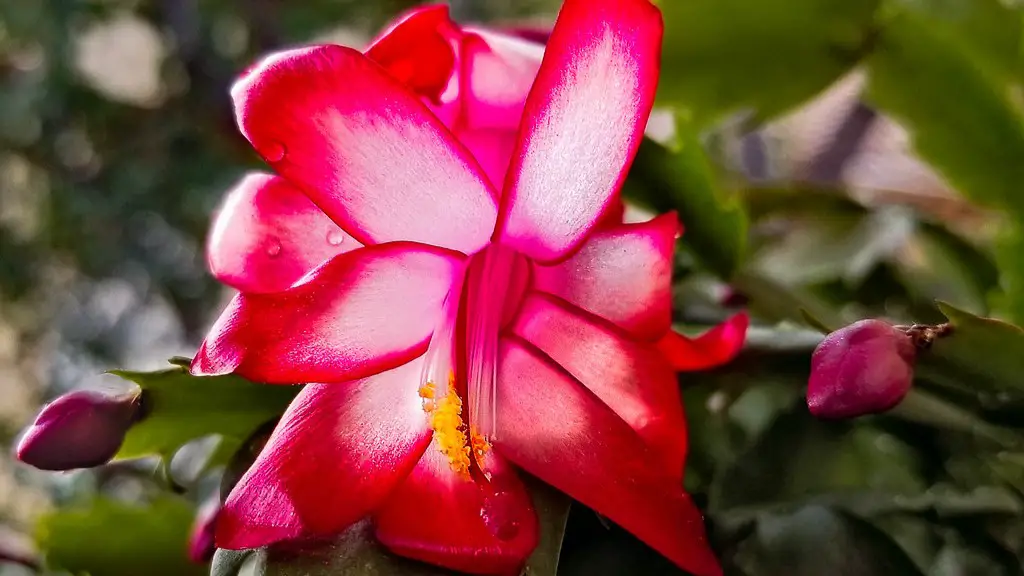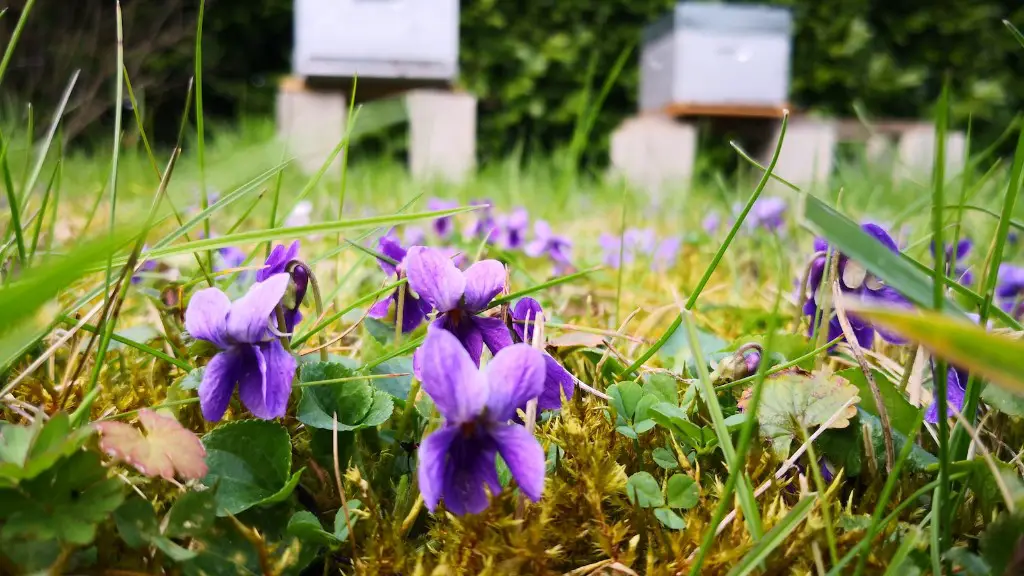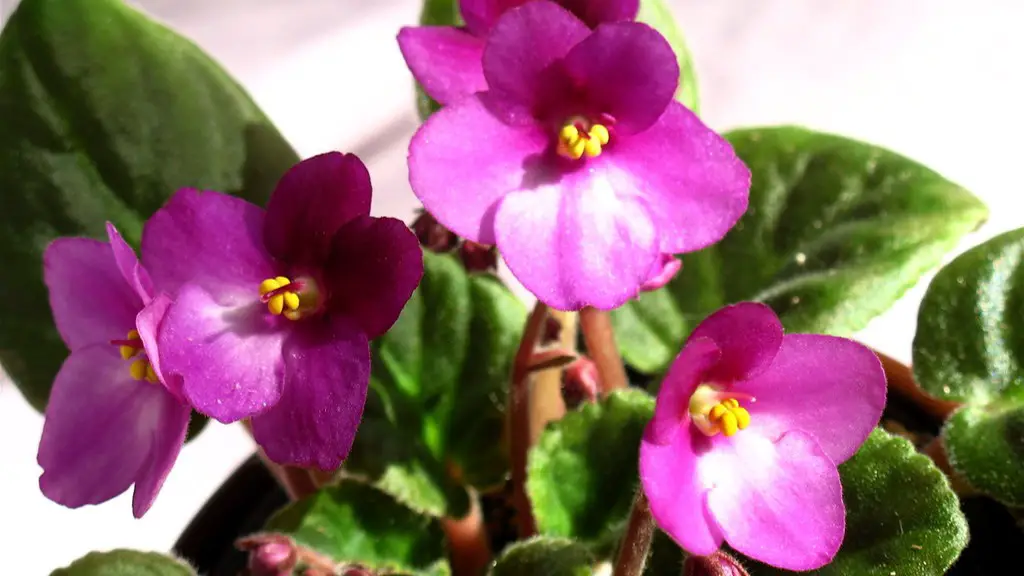If you are thinking of adding an African violet (Saintpaulia ionantha) to your home, you may be wondering how difficult they are to care for. The truth is, African violets are not difficult to care for, but they do require a bit of knowledge and attention. With the proper care, African violets can be long-lived, blooming houseplants.
African violets are not particularly difficult to grow, but they do require some basic care. They need to be in a bright spot, but out of direct sunlight. They also need to be kept moist, but not too wet. Over-watering can lead to problems such as leaf spot and root rot.
Are African violets difficult to grow?
African violets are common houseplants because they flower reliably and are easy to grow. Plants have fuzzy leaves with pink, purple, or white flowers in various shades. They grow well in the low humidity and moderate temperature of most home and office environments.
African violets are popular houseplants for a reason: they are easy to care for, and can bloom nonstop with the right care. They are perfect for beginners, but offer enough variety to keep even green-thumb experts intrigued.
Why are African violets hard to grow
If you want your African violets to flower, make sure they are getting enough light. Insufficient light is probably the most common reason for failure to flower. The leaves will become darker green and thin, and the plants will flower very little if at all.
African violets need bright, indirect light in order to thrive. A spot near an east- or north-facing window is usually a good option. However, do not place them in direct sunlight, as this can damage the leaves. If there is no suitable window available, African violets can be placed under a fluorescent light fixture containing two 40-watt fluorescent tubes.
Do African violets like bigger pots?
When potting your African violet, be sure to choose a pot that is on the smaller side. This will help to keep the plant slightly pot-bound, which is ideal for its growth. Professional Tip: If you have a standard African violet plant, your starter pot should be about 3-4 inches in diameter.
African violets need shallow, breathable pots in order to thrive. Their roots don’t go very deep, so a deep pot is not necessary. It’s important to have drainage holes in the pot so that you can water from underneath.
What is the lifespan of African violet?
Repotting these blooms is very important if you want them to last a long time. African violets have been known to last up to 50 years, so it’s worth it to take the time to repot them properly.
If you are growing African violets, it is important to be aware that they can be sensitive to cold water. This can cause white rings (ring spot) to form on the leaves. To avoid this, you can let tap water sit overnight before watering. This will also allow chlorine to evaporate. For best results, use a light, porous potting mix.
How often do you water African violets
Watering African violets can be tricky. If you water them too often, they can become susceptible to root rot and other problems. However, if you water them too little, they will not bloom. One way to help ensure that you do not over water your African violets is to only water them once a week and to allow the plants to completely dry out between waterings. You can also set up a wicking system, which will help to ensure that your plants always have the right amount of water.
If you’re growing African violets, it’s important to keep the humidity low. Too much humidity can cause the leaves to rot, so it’s best to avoid bathrooms and kitchens. Stick to dryer places like living rooms or home offices instead.
Are African violets easy to keep alive?
To take care of an African violet, some key elements are potting, light, water, and temperature. By mastering these, you can have a happy plant friend for years to come!
The good news is that it’s easy to root these flowering beauties. The quickest and easiest way I’ve found to root African violets is by using a leaf. You can take the leaf from your existing African violets, or even from a friend’s plant. All you need to do is place the leaf in a clean glass or jar of water and leave it in a spot out of direct sunlight. In a few weeks, you should see roots growing from the leaf and new plants starting to form. Once the new plants are a few inches tall, you can transplant them into individual pots filled with African violet potting mix.
Is it OK to touch African violet leaves
Repeated brushing of leaves can actually damage the plant and cause it to produce less leaves and flowers. So it’s best to just enjoy the plant from a distance!
It is important to not mist the foliage of your African violet as it may cause permanent leaf spotting. Use room temperature water instead to avoid this. African violets are also susceptible to crown rot, so be sure to not saturate the crown (the section of the plant at soil level) with water.
What do African violets symbolize?
African violets are commonly seen as a symbol of devotion, faithfulness, and commitment. While the meaning behind the symbol may vary depending on the person, the overall message is typically one of dedication and strong feelings. For some, the flower may represent the bond between friends or family members, while for others it may be a sign of romantic devotion. Regardless of the individual interpretation, African violets are typically seen as a positive symbol.
If your African violet is not blooming, it might be because it is too crowded. African violets like to be a little crowded above ground and below, but if it gets too tight, they can start to struggle. In fact, an African violet with too many leaves might even withhold its beautiful blooms—or stop growing altogether!
Final Words
African violets are not particularly difficult to grow, but they do require some basic care. They need to be kept in a warm, humid environment and should be watered regularly. They also need to be fertilized every few weeks to ensure that they stay healthy.
African violets are not particularly difficult to grow, but they do require some basic care. They need to be kept in a warm, humid environment and should be watered regularly. With a little bit of effort, you can have a beautiful African violet that will bloom year-round.




